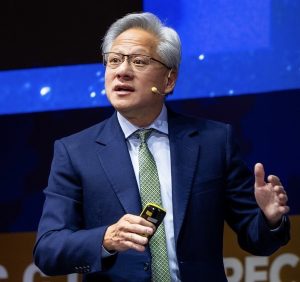Silicon Free 2D Material Computer Signals New Era of Ultra Thin Chips
Breaking a seventy‑year dependence on silicon, researchers at Penn State University have unveiled the first working computer built entirely from atom‑thin materials. Reported in Nature, the complementary metal‑oxide‑semiconductor (CMOS) device shows that two‑dimensional semiconductors—molybdenum disulphide (MoS₂) and tungsten diselenide (WSe₂)—can perform real logic while sipping power and using a fraction of the space consumed by conventional chips. The breakthrough opens a path to computers that are lighter, cooler and even bendable.
Silicon has driven every wave of digital progress since the first transistor in 1947, yet its crystal lattice is now an obstacle. As engineers cram more silicon transistors into a given area, channels leak current, waste energy and eventually refuse to shrink further. Because 2D materials conduct in a single atomic sheet yet grant excellent electrostatic control, they promise to extend Moore’s Law without the penalties that haunt nanoscale silicon.
Inside Penn State’s nanofabrication facility, the team grew wafer‑scale films of MoS₂ and WSe₂ and stacked them to create complementary n‑type and p‑type field‑effect transistors. Roughly 2,000 of these devices were wired together to build a rudimentary processor able to execute one versatile instruction—“reverse subtract, skip if borrow.” Repeating that command lets the computer perform addition, subtraction and multiplication, proving that a complete data path can exist in hardware only a few atoms thick.
The prototype operates below three volts, dissipates little heat and reaches clock speeds of 25 kHz while keeping leakage currents low. Although that is millions of times slower than a modern smartphone, it confirms that ultra‑thin channels retain strong electrostatic control even when transistors sit shoulder to shoulder. Such energy efficiency is essential for future wearables, roll‑up displays and implantable medical sensors, where battery life and size dominate design choices.
Lead investigator Professor Saptarshi Das says 2D transistors will first live alongside silicon, adding bendable sensors and low‑power memory before eventually taking over mainstream logic. Independent experts agree. Indian Institute of Science professor Mayank Shrivastava, uninvolved in the study, calls the work a watershed moment and a sign that nations must invest or miss the post‑silicon race. China’s Fudan University has already produced a RISC‑V core from similar materials, underscoring global momentum.
Challenges remain. Engineers must raise carrier mobility, perfect gate dielectrics, tame contact resistance and, crucially, scale manufacturing from laboratory wafers to high‑yield foundries. Building the required toolchains and workforce will demand coordinated public and private funding. Yet governments are moving: India’s electronics ministry is preparing grants for 2D‑material research, and several nations now label such semiconductors strategic. While commercial adoption is years away, the Penn State computer shows that replacing silicon is no longer science fiction but an engineering timetable.
Source: Business Standard




